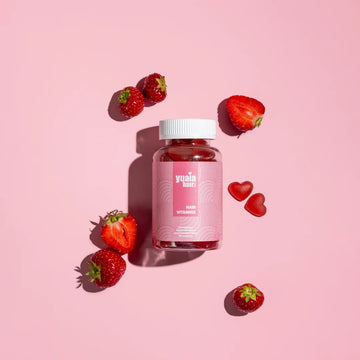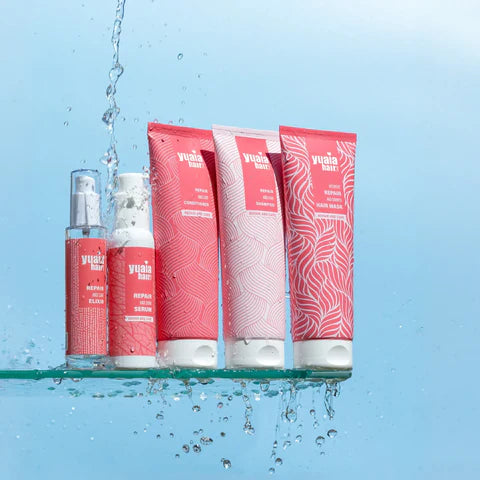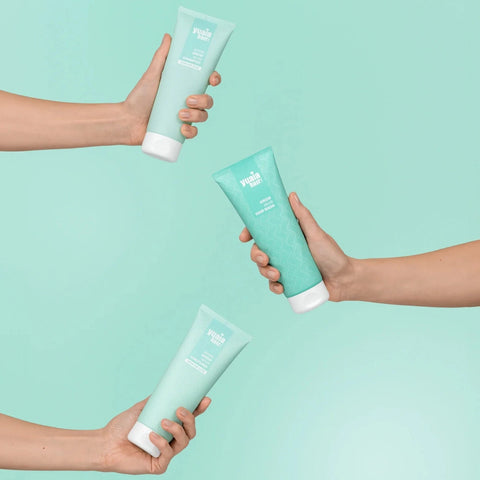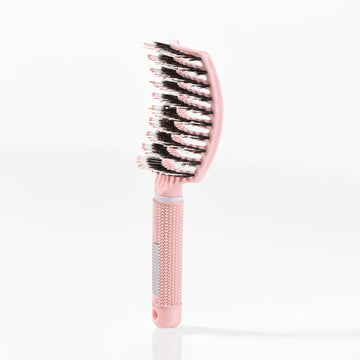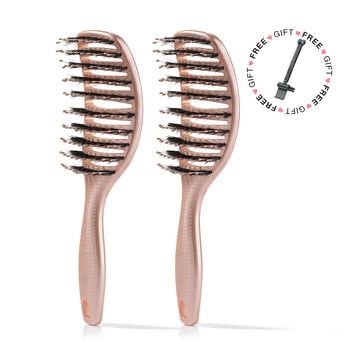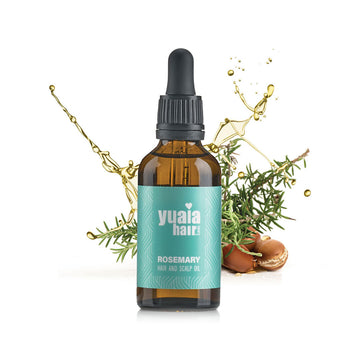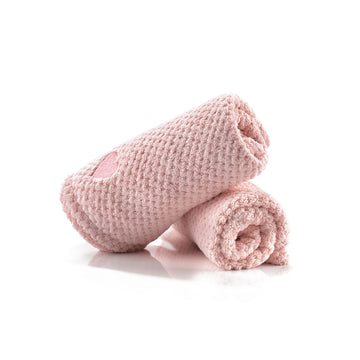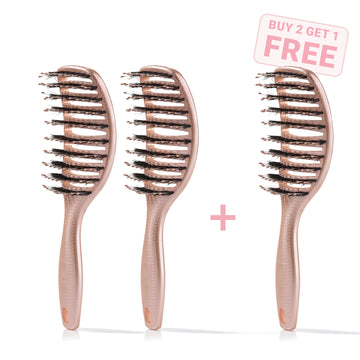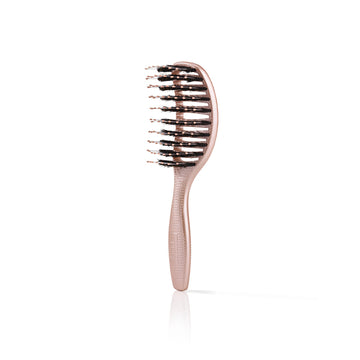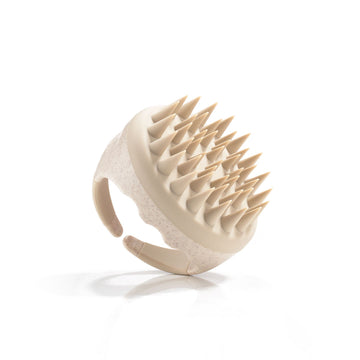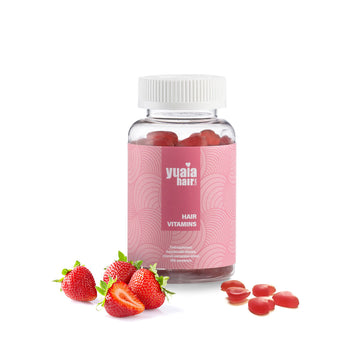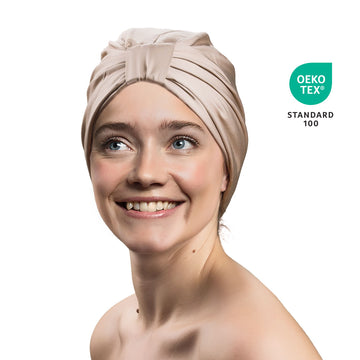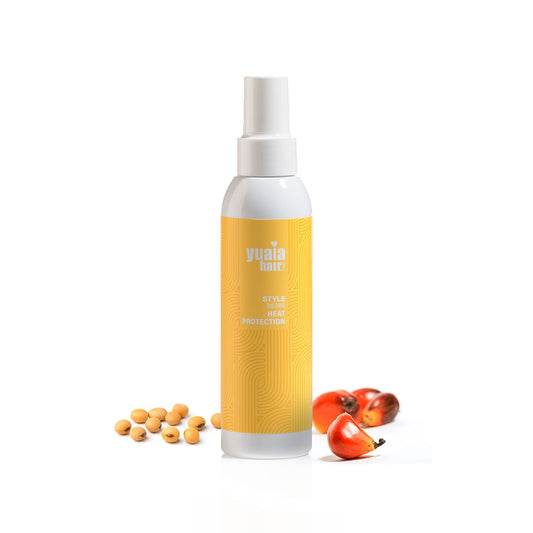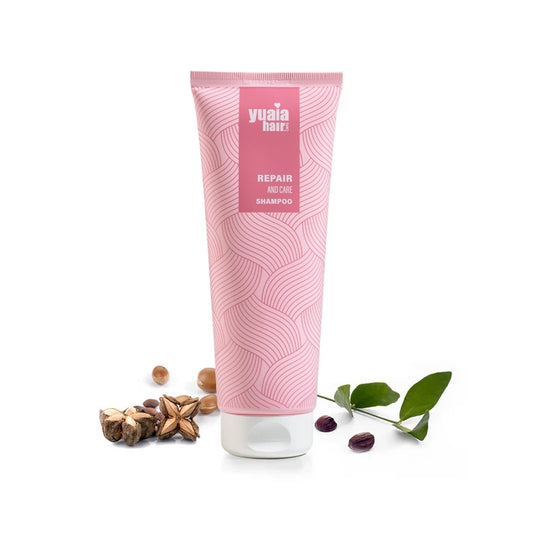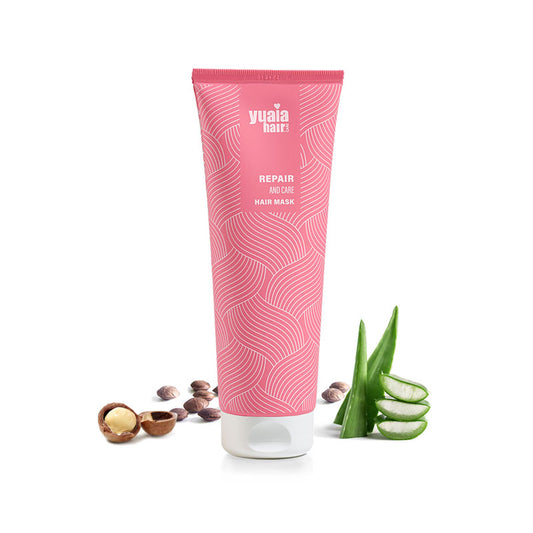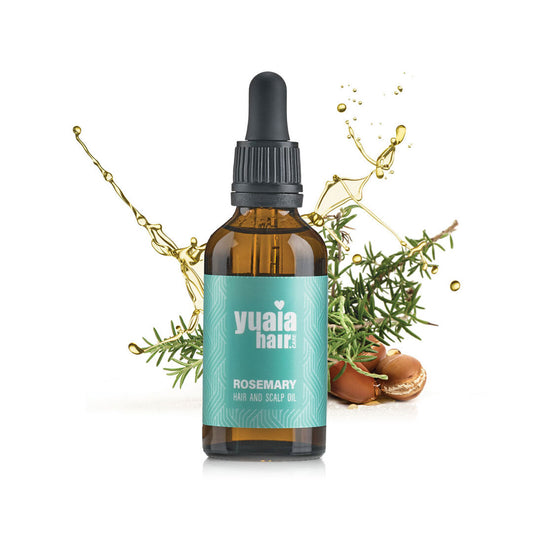Having healthy and beautiful hair is something that many people strive for. But what happens when the hair becomes dry and breaks? Brittle hair is a common problem that can lead to hair damage, taming and split ends. In this article, we will discuss everything you need to know about the causes of hair breakage and how to treat it.
What is hair breakage?
Hair breakage is when the hair has become dry and brittle, which can lead to breakage. It is a condition where the hair becomes weak and breaks easily, especially when exposed to heat or chemicals. Hair breakage can occur on any hair type and can be a result of various factors such as over-treatment, poor diet, external factors such as hair dryers, straighteners, chemical products and environmental conditions.

What does hair breakage look like?
Recognizing the signs of hair breakage is essential for maintaining healthy hair. Common indicators include:
Split ends: The hair shaft splits into two or more strands, leading to frayed ends. This condition often worsens over time if not addressed, causing more significant damage along the hair shaft.
Dryness and brittleness: Hair feels dry, rough, and lacks natural shine. This can be exacerbated by environmental factors such as sun exposure, harsh weather, or the use of unsuitable hair products.
Frizz: Increased frizz and flyaways due to weakened hair strands. Frizz can make styling difficult and indicate that the hair is not properly moisturized or nourished.
Uneven lengths: Short, broken-off hairs scattered among longer strands. This unevenness can affect the overall appearance and manageability of your hairstyle.
Rough texture: Hair feels coarse or straw-like to the touch. This texture often indicates a lack of moisture and may be accompanied by excessive tangling.
Identifying these signs early can help prevent further damage and promote healthier hair growth. Regular trims, moisturizing treatments, and protective styles can significantly improve hair health and resilience, ensuring your hair remains vibrant and strong.
Causes of hair breakage
Hair breakage can be caused by various factors, including:
Overuse of heat styling
Over-processing the hair can be one of the main causes of hair breakage. This may include over using hair dryers, straighteners, curling irons and other heat styling tools. Dyeing, bleaching the hair, permanent chemical treatments and frequent shampooing can also lead to over-processing of the hair, which can lead to hair breakage. Excessive use of these tools weakens the hair's natural structure, making it more prone to damage and breakage over time. Incorporating regular breaks from heat styling and using protective sprays can help mitigate damage and support healthier hair.
Bad diet
A poor diet can also lead to hair breakage. Lack of important vitamins and minerals such as iron, vitamin B , C and D can affect the health of the hair and lead to hair breakage.
External factors
External factors such as exposure to sun, wind and chlorinated water can also lead to hair breakage. Environmental factors such as pollution and humidity can also affect hair health and lead to hair breakage. Prolonged sun exposure can weaken the hair’s protective barrier, while pollution particles can settle on the scalp and hair strands, leading to dryness and fragility. Incorporating protective measures like wearing hats, using UV protection sprays, and rinsing hair after swimming can help reduce environmental damage.
Treatment of hair breakage
Treating hair breakage requires a combination of a healthy diet, proper hair care, and avoiding over-treatment. Incorporating regular deep conditioning treatments, using sulfate-free shampoos, and minimizing heat styling are crucial steps to restoring hair strength and preventing further breakage. Here are some tips for treating hair breakage:
Cut your hair
Trimming the hair regularly can help remove the damaged and split ends and make the hair healthier. This can also reduce the risk of hair breakage in the future. Frequent trims prevent split ends from traveling up the hair shaft, reducing overall damage and maintaining hair strength.

Use a gentle shampoo
Use a mild shampoo and avoid frequent shampooing to avoid over-treating the hair. Choose a shampoo that is specially formulated for damaged hair, as this can help repair the strands. Opt for products free from harsh sulfates and silicones, as these can strip moisture from the hair and contribute to hair breakage. For effective care, we can really recommend our Repair and Care shampoo , which is sulfate- and silicone-free and full of nourishing and moisturizing ingredients.
Use a conditioner
Use a conditioner after shampooing to help restore hair's natural oils and moisture. This can also help reduce the risk of hair breakage. Conditioners work by smoothing the hair cuticle, reducing friction and preventing damage caused by brushing and styling. Opt for a conditioner formulated with hydrating and repairing ingredients to strengthen weakened strands and enhance hair resilience.
Avoid heat styling
Avoid the use of heat styling tools such as hair dryers, straighteners and curling irons. If you need to use heat styling tools, use a heat protectant spray and avoid using them too often.
Use a hair mask
Use a hair mask once a week to give your hair an extra moisture boost. A hair mask can also help strengthen the hair and reduce the risk of breakage.
Get a healthy diet
Eat a healthy diet rich in vitamins and minerals, especially vitamins B, C, D and iron, which can help maintain normal hair health and reduce the risk of breakage. Vitamins and minerals are important for your hair and general health, if you are interested in knowing more about which vitamins and minerals are good for hair, read here .
 2-5 day delivery
2-5 day delivery
 25.000+ satisfied customers
25.000+ satisfied customers
 Satisfaction Guarantee
Satisfaction Guarantee

